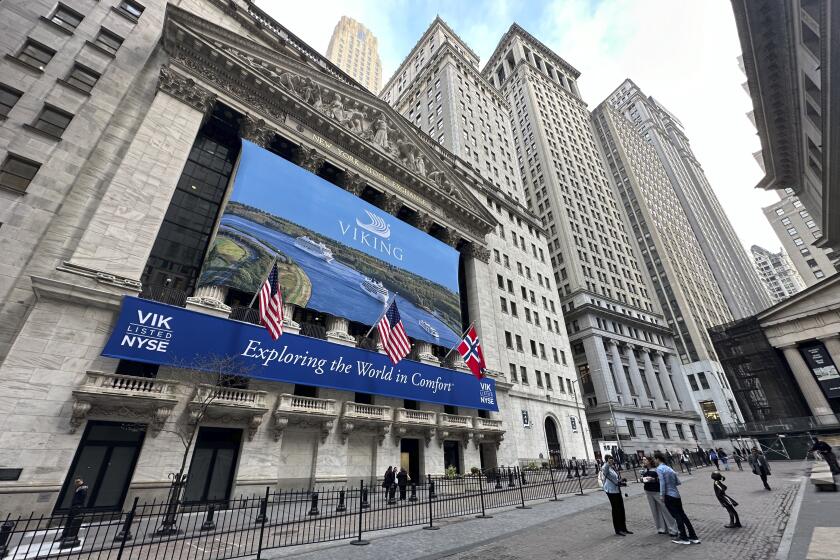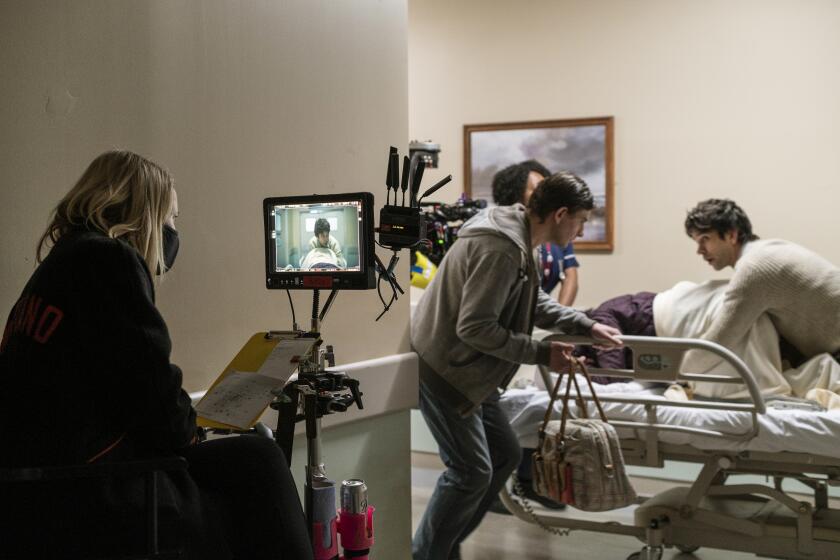S&Ls; Trying to Have It Both Ways : Wants Old Home-Lending Role, New Investment Powers
In the eyes of some industry observers, the nation’s savings industry, facing an expensive internal crisis, is trying to have it both ways--more government protection and less government regulation.
The industry’s oldest and largest trade group--the U.S. League of Savings Institutions--says Congress should preserve S&Ls; as a separate system because they’re important to home lending.
On the other hand, S&Ls; don’t want to give up the new investment powers they acquired through the Reagan Administration’s program of deregulation.
At the trade group’s 96th annual convention in Honolulu last week, its leaders promised to push for tougher supervision.
But last month when banking regulators asked Congress for power to levy daily fines against rule-breaking institutions, the industry did not support the request.
S&Ls; say they don’t want their regulator, the Federal Home Loan Bank Board, merged with commercial bank agencies. But neither do they want the government to block healthy S&Ls; from fleeing the problems of the Federal Savings and Loan Insurance Corp. by joining the banks’ deposit insurance fund.
$50 Billion Needed
“They want to have their cake and eat it both,” said H. Joe Selby, a Dallas consultant and former top regulator in the Federal Home Loan Bank of Dallas.
The FSLIC, which insures deposits in the nation’s 3,048 savings and loans is in deep trouble. Sixteen percent of its member institutions are insolvent and another 13% are dangerously close to it, with capital levels of less than 3% of their loans and other assets.
S&L; executives say they can’t provide the estimated $45 billion to $50 billion to that will be needed to prop up the insurance fund without toppling the healthy institutions into insolvency too.
But they also know that if taxpayers pay, Congress will attach conditions designed to prevent a repeat of the disaster.
Fearful that those conditions will spell the end of a savings industry separate from banking, the U.S. League is portraying S&Ls; as partners in the American dream of home ownership.
“They’re trying to tug on the heart strings of Congress in order to loosen up the purse strings,” said R. Dan Brumbaugh, a private analyst who was formerly chief economist of the bank board.
But, Brumbaugh said, the S&L; organization will be handicapped next year by the belief in Congress that it has been “tacking back and forth somewhat erratically.”
Power Concerns
In 1986 and 1987, when the Administration pushed for a $15-billion, industry-funded bond issue to provide cash to the insurance fund, the lobby group tried to hold it to $5 billion, eventually compromising on $10.8 billion.
“The perception is that the U.S. League understood the problem was greater but disingenuously argued for less than was needed,” Brumbaugh said.
While S&L; leaders at the convention called for a return to basic mortgage lending, few were willing to go back entirely to the old days of tight restrictions on thrifts’ investments.
“Some of these areas need to be looked at, but we don’t want to see a wholesale rolling back of what an S&L; can do,” said Roy Green, president of County Savings Bank in Santa Barbara, and a former U.S. League chairman.
Sandra K. Johnigan of Coast-to-Coast Financial Corp. of New York says thrifts need power to invest in a variety of higher-earning ventures in order to attract money from new private investors.
“It’s not possible to get thrifts out of trouble with just mortgage lending,” she said.
U.S. League leaders say they would accept some new restrictions, including limits on commercial real estate lending and on investments in “junk bonds,” but the better answer is strong supervision by federal examiners.
Wall Criticizes League
Theo H. Pitt Jr., a North Carolina S&L; executive who just finished his term as U.S. League chairman, said the Reagan Administration in the early 1980s ignored industry pleas for more examiners.
However, at the same time, U.S. League promotional material brags about newspaper stories calling it a “formidably effective” lobby.
M. Danny Wall, chairman of the bank board, said S&L; leaders are engaging in “revisionist history” if they claim that they were strong proponents of more supervision.
“If they are the lobbying power they would have people believe, they either opposed enforcement or they failed to be effective in assisting us,” Wall said in an interview.
He said the league missed an important opportunity last month to help regulators get an enforcement tool somewhere in between shooting--closing an S&L; down--and a slap on the wrist--a warning letter.
A bill authorizing regulators to impose fines died before Congress adjourned.
Brumbaugh, who believes that S&Ls; have closer ties with their regulators than perhaps any other industry, said the U.S. League is striving to maintain a separate thrift system because its leaders believe they will lose power if they don’t.
However, the league also defends the right of better-off S&Ls; to leave the FSLIC, which charges insurance premiums 2 1/2 times the premium charged by the banks’ fund.
Frederick L. Webber, a former Ford Administration assistant Treasury secretary installed Thursday as the U.S. League’s new president, acknowledged that his group has a “credibility problem” with Washington.
“Without passing judgment on what happened before I got here . . . I’m going to do everything I can to restore our credibility. . . . I along with my staff and my elected leaders are going to tell the truth,” he said in an interview.
Webber also acknowledged tension within the league between institutions that have stuck primarily with mortgage lending and those who have ventured into new areas.






